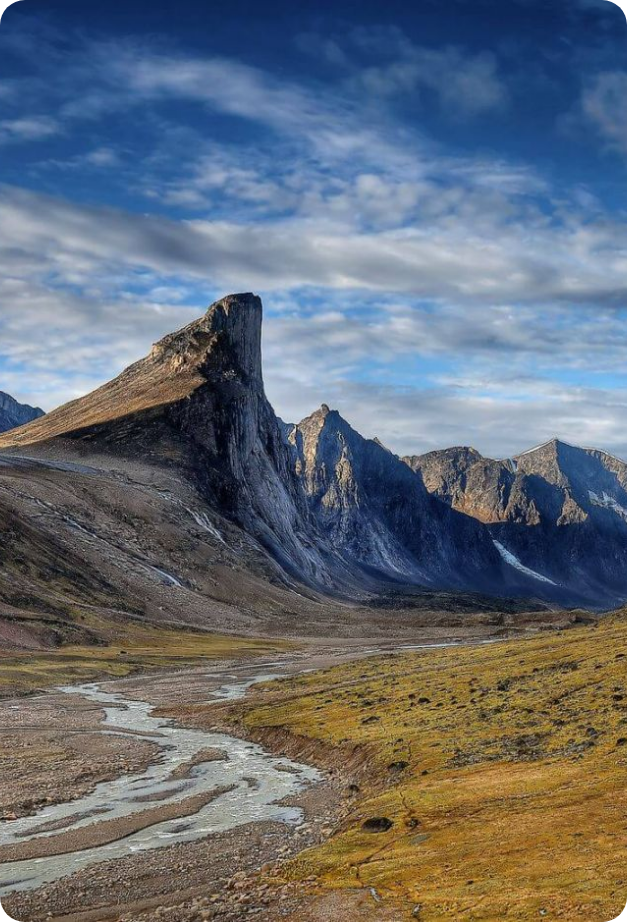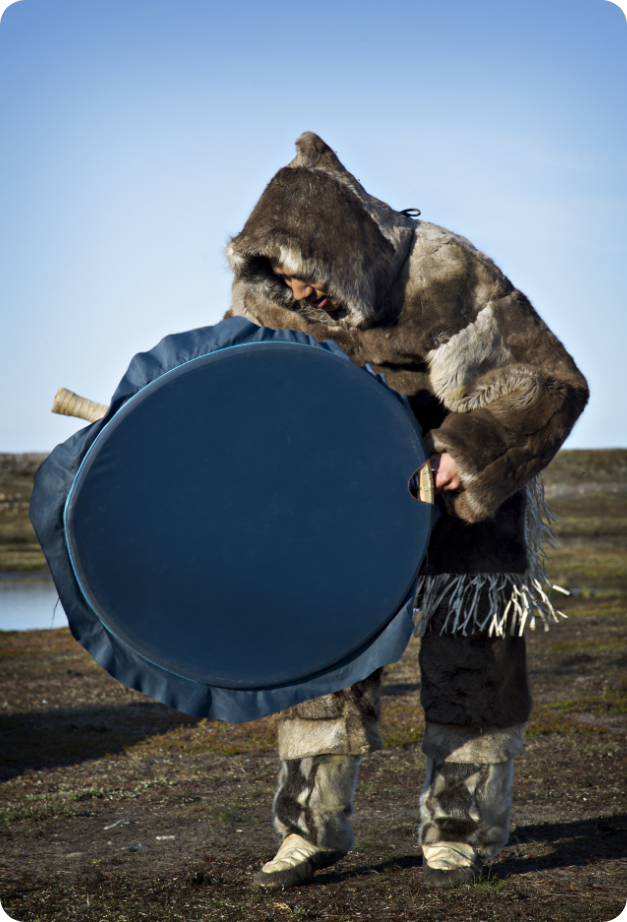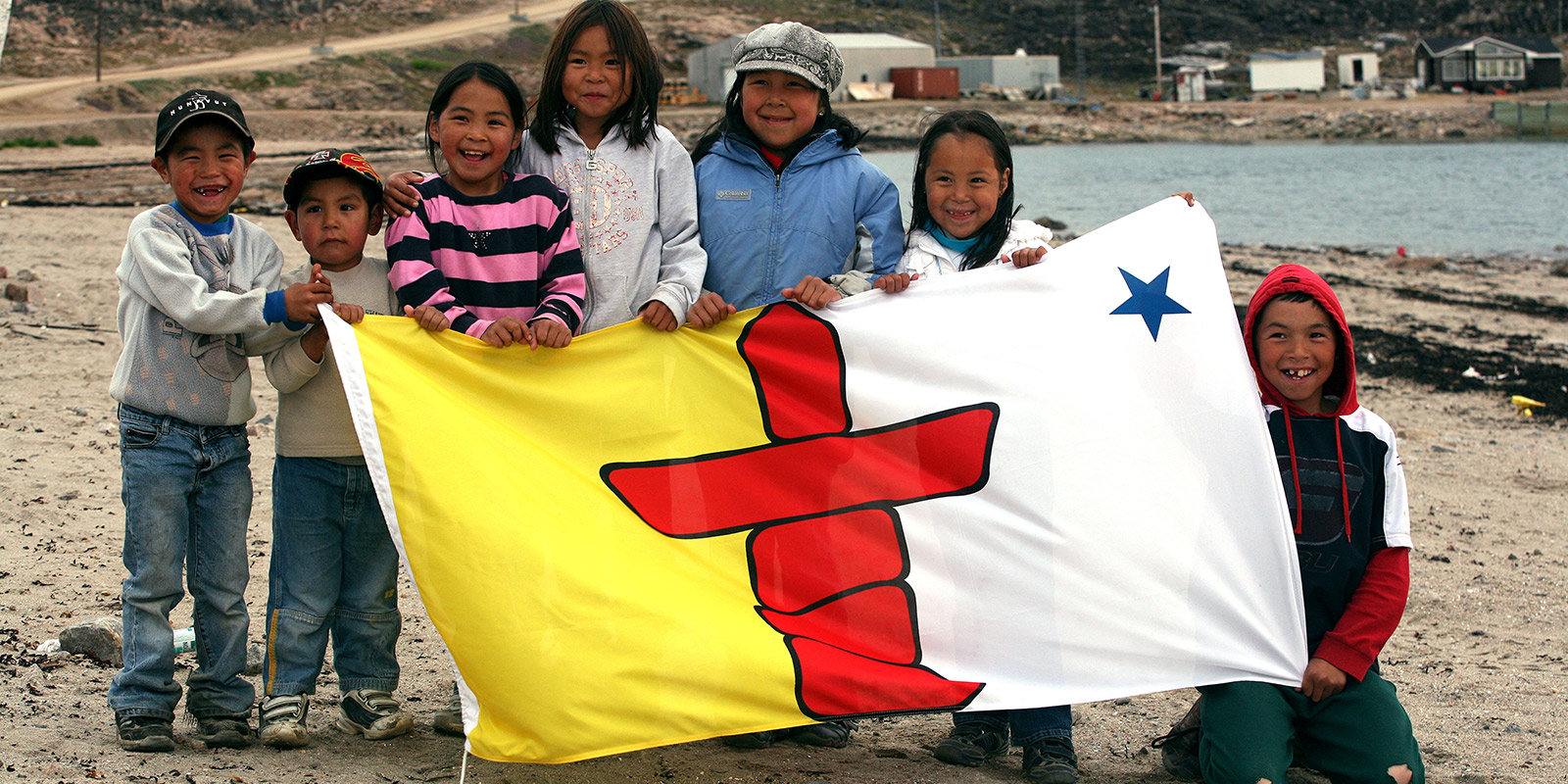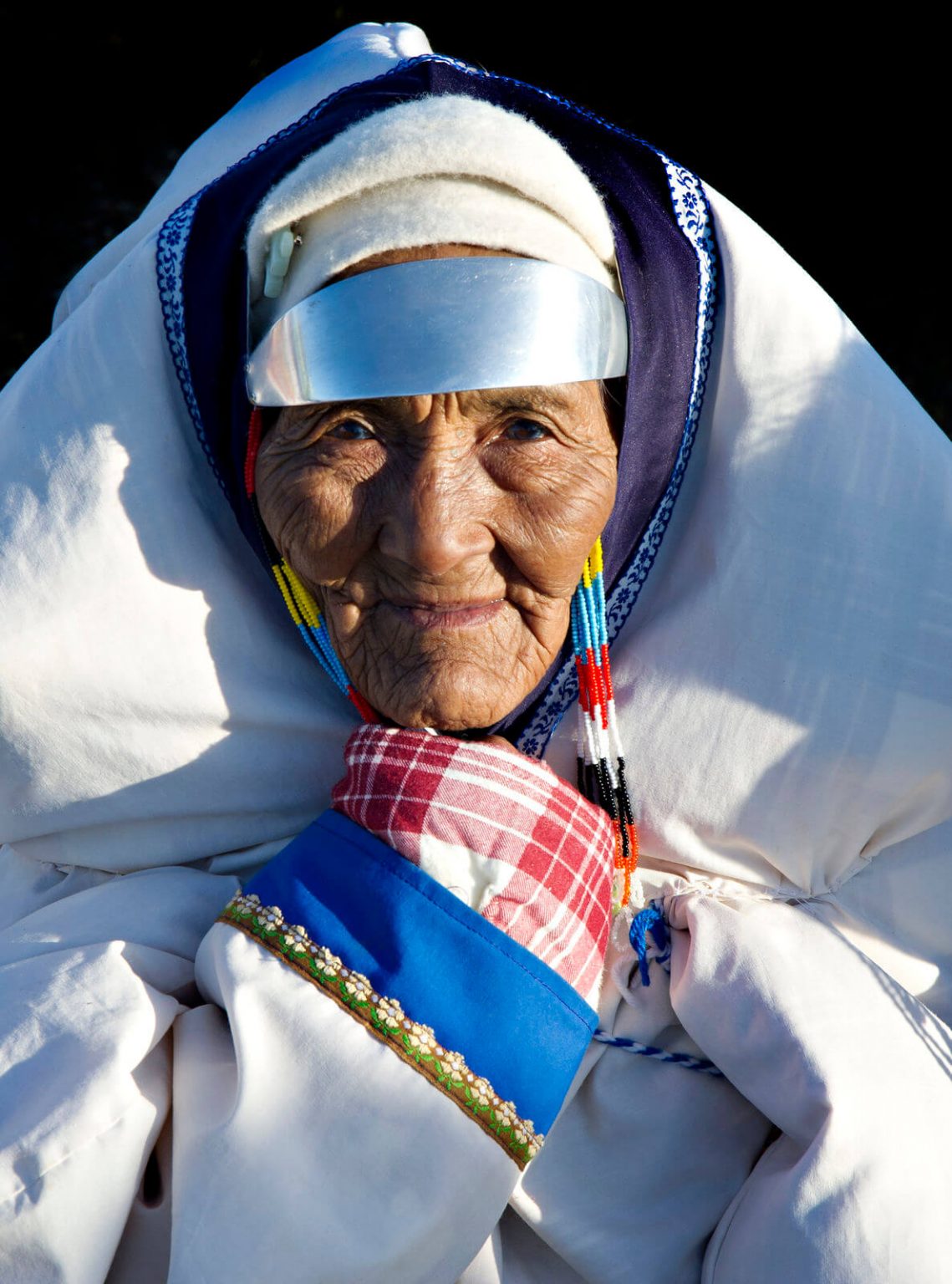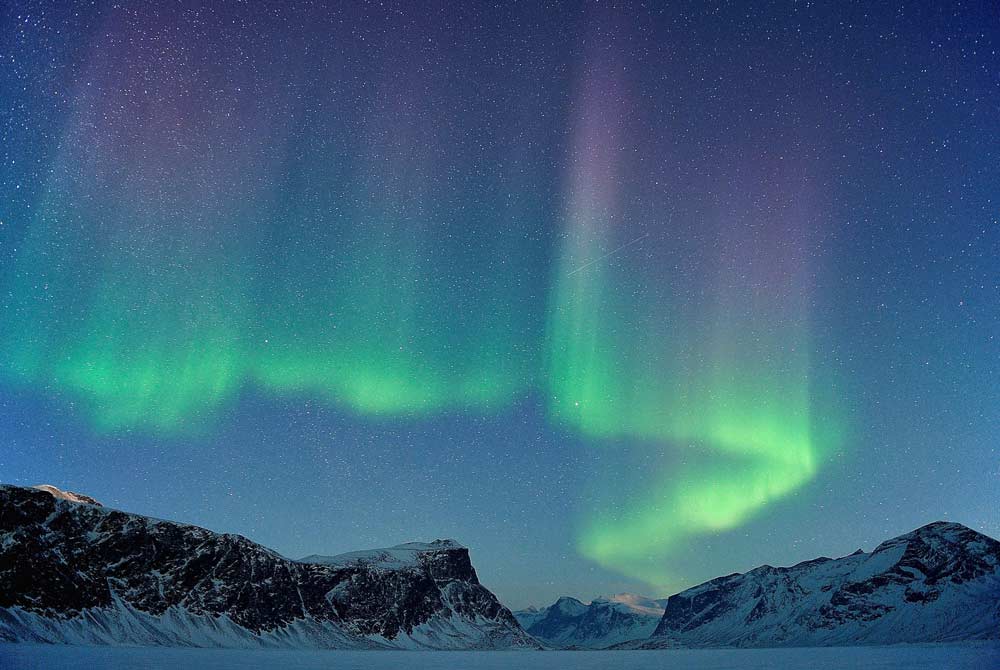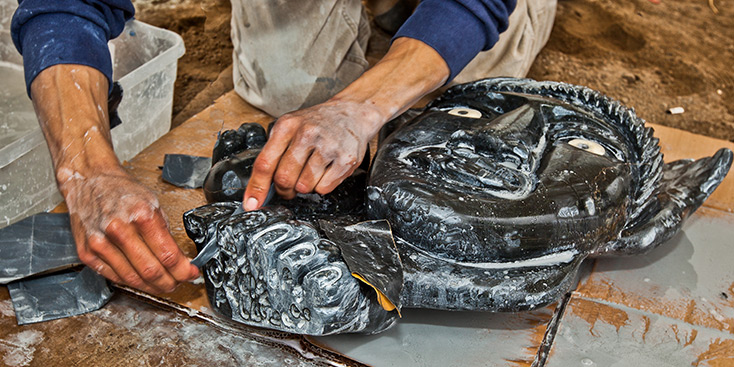Nunavut: Canada's Most Unique Destination
The first thing that will wow you about Nunavut is its size. It is the largest yet least populated of all the provinces and territories in Canada, with over 1 million square kilometres and a population of approximately 33,330 people. Up here you will be surrounded by wide open spaces and warm welcomes.
Getting to Nunavut can only be done by air or sea. No communities are linked by roads – the skies are the highways here.
The territory is made up of three unique regions – the Qikiqtaaluk (also known as Baffin), the Kivalliq Region and the Kitikmeot region. Take a peak at the map and you can see we span from as far east as North of Newfoundland to as far west as North of Alberta. Thats a a lot of territory! No two communities are alike in Nunavut – each has its own vibe, culture and experiences. If you coming for a quick visit, you may find more amenities in our three regional hubs – Iqaluit, Rankin Inlet or Cambridge Bay. If you looking for a unique trip to the Floe Edge, Winter land adventure or a cruise – you’ll find some of our members can take you to places like Pond Inlet, Arctic Bay, Qikiqtarjuaq, or Gjoa Haven. Even if you travelling to a community for work, you will find our members can support you.
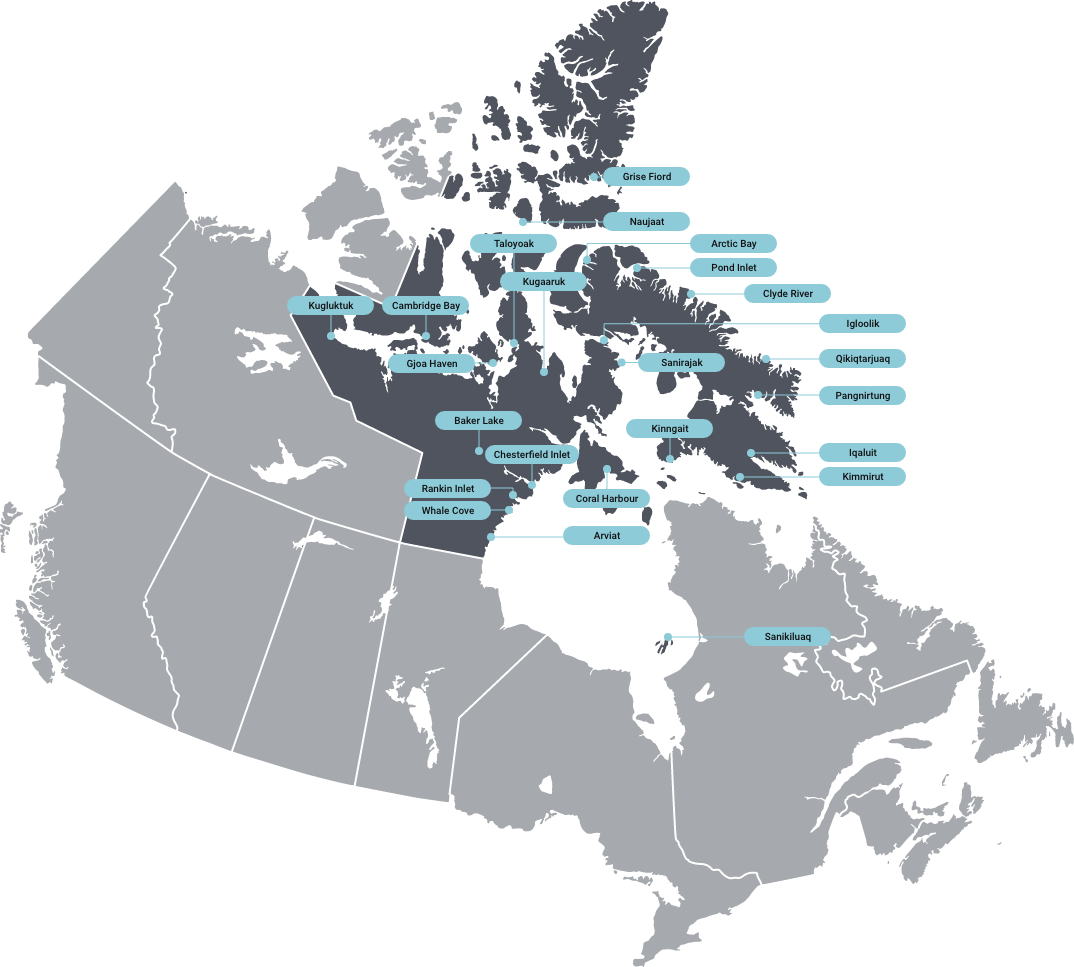
True North
Lots of places have Northern regions. But Nunavut is the true north. As beautiful as it is vast. Apart from experiencing its awe-inspiring arctic landscapes, visitors gain a very memorable impression of Nunavut that comes directly from the gracious warmth and hospitality of the remarkable people who live here. This deep-rooted social value is eternal. To live and survive up here, you need a sense of collectivity, respect and mutual reliance. Thats what will make Northerners stand out.
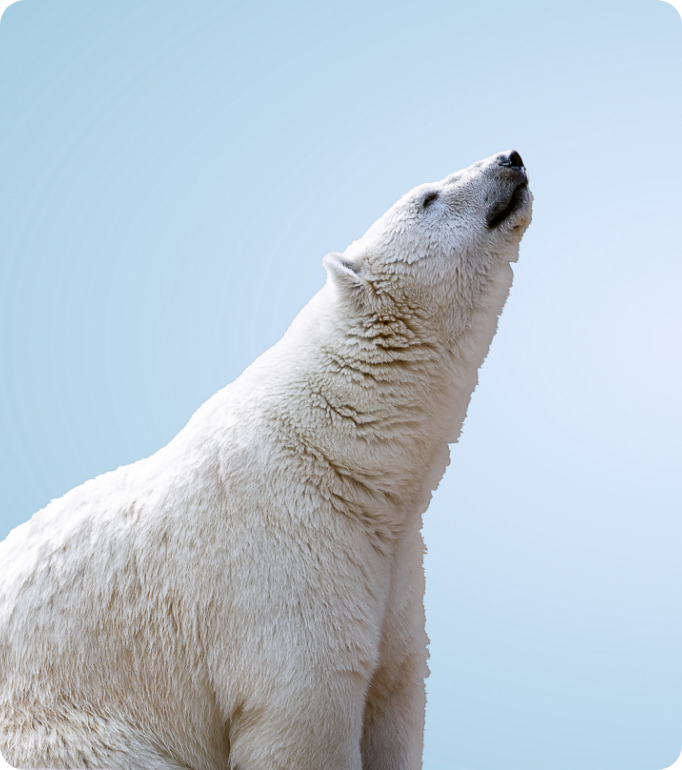
The true north – everything you expect to see but also… so many unexpected moments.
